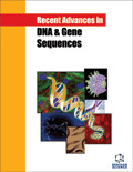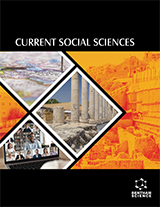Abstract
The rationale for conducting scientific experiments to explain archaeological issues is explained. In presenting an application of these principles, the First Mariners project is introduced, by first narrating the relevant hard evidence. This consists of numerous finds in many parts of the world, but particular attention is given to the islands of Wallacea, in the Indonesian Archipelago. The discovery of the evidence of very early human presence on the islands of Flores, Timor, and Roti is described and evaluated. The context for the first human colonization of Greater Australia is thus established, and the subsequent maritime exploits of these seafarers in that region are discussed. The chapter closes with an examination of the technologies of seagoing rafts, based on what is ethnographically known about water transport generally.
Keywords: Replicative archaeology, First Mariners project, early navigation evidence, sea level changes, Pleistocene seafaring, Mediterranean, Wallacea, Australia, ethnographic watercraft, maritime rafts.





















